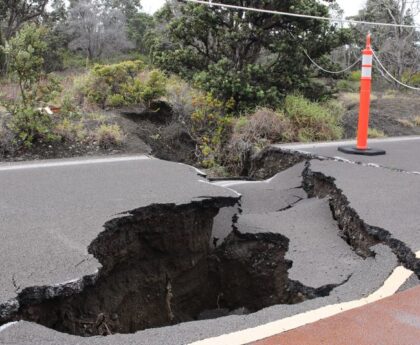India Launches Historic Chandrayaan-3 Moon Rover in Bid to Land at Lunar South Pole
Introduction
India has embarked on its latest ambitious voyage to the moon with the launch of Chandrayaan-3, a rocket topped with a spacecraft that aims to be the fourth to land on the moon. The launch from the Satish Dhawan Space Centre took place on July 14 at 5:05 a.m. EDT and marked India‘s second attempt at landing on the lunar surface. The mission carries a price tag of 6 billion rupees ($73 million) and is seen as crucial in India‘s pursuit of low-cost space exploration, as well as establishing a long-term presence on the moon.
Mission Details
Chandrayaan-3 separated from the rocket as planned and entered orbit around Earth, marking the beginning of its journey to the moon. The spacecraft will undergo several thruster firings over the next month to increase its speed until it can be flung into the moon’s orbit. The mission’s ultimate goal is to safely land the lander-rover duo near the lunar south pole, a region that remains mostly unexplored. The touchdown is scheduled for August 23 or 24 and would be a historic achievement, as previous missions have landed near the moon’s equator.
The Significance of the Lunar South Pole
The lunar south pole holds great potential for scientific exploration and the establishment of moon bases due to the existence of abundant water ice. This ice can be used as a resource for rocket fuel and life support systems. However, landing in the south polar regions presents unique challenges, as the area receives sunlight at low angles and has long shadows that make safe landing difficult. India‘s Chandrayaan-3 mission aims to overcome these challenges with new technology and algorithms incorporated into the spacecraft’s software. The mission also includes a rover equipped with instruments to analyze the lunar soil and rocks and gather data on the moon’s structure.
India‘s Growing Space Program
The Chandrayaan-3 mission is the latest endeavor of India‘s expanding space program. The country recently signed the Artemis Accords for peaceful moon exploration and issued its national space policy, which allows private startups to conduct rocket launches. This move is expected to boost India‘s space economy and foster collaboration with other countries on space missions. India is also scheduled to launch the NISAR observatory in collaboration with NASA in 2024, as well as partner with Japan’s space agency for the Lunar Polar Exploration mission.
Editorial: India‘s Future in Lunar Exploration
India‘s Chandrayaan-3 mission represents a significant step forward in the country’s space exploration ambitions. With its low-cost approach and innovative technologies, India is positioning itself as a player in the global space industry. The successful landing and operation of the lander-rover duo near the lunar south pole would not only be a historic achievement but also a testament to India‘s scientific and technological capabilities.
However, as with any space mission, risks and challenges remain. The Chandrayaan-2 mission, India‘s previous attempt to land on the moon, faced setbacks due to a software glitch that caused the lander-rover pair to crash. It is crucial for the Indian Space Research Organisation (ISRO) to learn from past failures and ensure that the necessary precautions and improvements are in place for a successful landing this time. The inclusion of new algorithms and strengthened components in Chandrayaan-3 shows that ISRO is actively addressing these concerns.
Advice for the Future
As India continues to make strides in space exploration, it is essential for the country to prioritize safety, collaboration, and sustainability. Learning from past mistakes and incorporating new technologies and methodologies will be crucial in achieving success in future missions. Collaboration with other space agencies, such as NASA and Japan’s space agency, will allow for the sharing of resources, expertise, and knowledge, ultimately accelerating India‘s goals in lunar exploration.
Additionally, as India‘s space program expands and private startups enter the industry, maintaining a strong regulatory framework and fostering a culture of safety and responsibility will be paramount. Balancing commercial interests with scientific advancement and protecting the space environment will ensure the long-term sustainability and success of India‘s space endeavors.
In conclusion, the launch of Chandrayaan-3 represents a significant milestone for India‘s space program and its aspirations in lunar exploration. The mission’s success would bolster India‘s position in the global space industry while contributing to scientific knowledge and paving the way for future advancements in space technology.

<< photo by John Fowler >>
The image is for illustrative purposes only and does not depict the actual situation.
You might want to read !
- “India’s Historic Leap: Chandrayaan-3 Mission Takes Flight Towards Lunar Landing”
- The Cinematic Revolution Down Under: Netflix’s Triumph with Bird Box in Australia
- “Yashasvi Jaiswal: The Rising Star of Australian Cricket”
- Moon Mission Madness: India’s Chandrayaan-3 Launches into Uncharted Territory
- India embarks on an extraordinary scientific voyage with the Chandrayaan-3 launch




